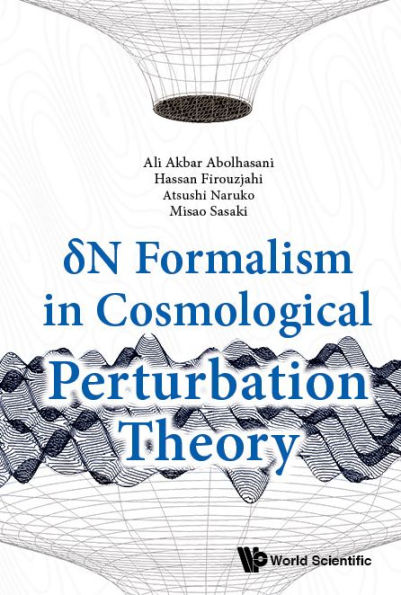Delta N Formalism In Cosmological Perturbation Theory
Early Universe cosmology is an active area of research and cosmic inflation is a pillar of modern cosmology. Among predictions of inflation, observationally the most important one is the generation of cosmological perturbations from quantum vacuum fluctuations that source all inhomogeneous structures in the Universe, not to mention the large-scale structures such as clusters of galaxies.Cosmological perturbation theory is the basic tool to study the perturbations generated from inflation. There are a few different approaches to primordial cosmological perturbations. In the conventional approach one perturbs the field equations and after quantizing the perturbations by the use of the corresponding action, one calculates the power spectrum of cosmological observables. This approach extends to higher order perturbations such as bispectrum etc., but the analysis becomes increasingly difficult.The delta N formalism, the topic of this book, is an alternative approach. The novelty of this approach is that, under the condition that the scale of interest is very large so that the spatial derivatives may be ignored in the dynamics, it can be applied to all orders in perturbation theory and has a rigorous foundation in general relativity. Thanks to the fact that one can evaluate perturbations with only the knowledge of background solutions, it is proved to be much easier than the conventional approach in evaluating higher order effects in many cases.
1133670155
Delta N Formalism In Cosmological Perturbation Theory
Early Universe cosmology is an active area of research and cosmic inflation is a pillar of modern cosmology. Among predictions of inflation, observationally the most important one is the generation of cosmological perturbations from quantum vacuum fluctuations that source all inhomogeneous structures in the Universe, not to mention the large-scale structures such as clusters of galaxies.Cosmological perturbation theory is the basic tool to study the perturbations generated from inflation. There are a few different approaches to primordial cosmological perturbations. In the conventional approach one perturbs the field equations and after quantizing the perturbations by the use of the corresponding action, one calculates the power spectrum of cosmological observables. This approach extends to higher order perturbations such as bispectrum etc., but the analysis becomes increasingly difficult.The delta N formalism, the topic of this book, is an alternative approach. The novelty of this approach is that, under the condition that the scale of interest is very large so that the spatial derivatives may be ignored in the dynamics, it can be applied to all orders in perturbation theory and has a rigorous foundation in general relativity. Thanks to the fact that one can evaluate perturbations with only the knowledge of background solutions, it is proved to be much easier than the conventional approach in evaluating higher order effects in many cases.
68.0
Out Of Stock
5
1

Delta N Formalism In Cosmological Perturbation Theory
184
Delta N Formalism In Cosmological Perturbation Theory
184Related collections and offers
68.0
Out Of Stock

Product Details
| ISBN-13: | 9789813238756 |
|---|---|
| Publisher: | World Scientific Publishing Company, Incorporated |
| Publication date: | 01/30/2019 |
| Pages: | 184 |
| Product dimensions: | 6.00(w) x 9.00(h) x 0.44(d) |
From the B&N Reads Blog
